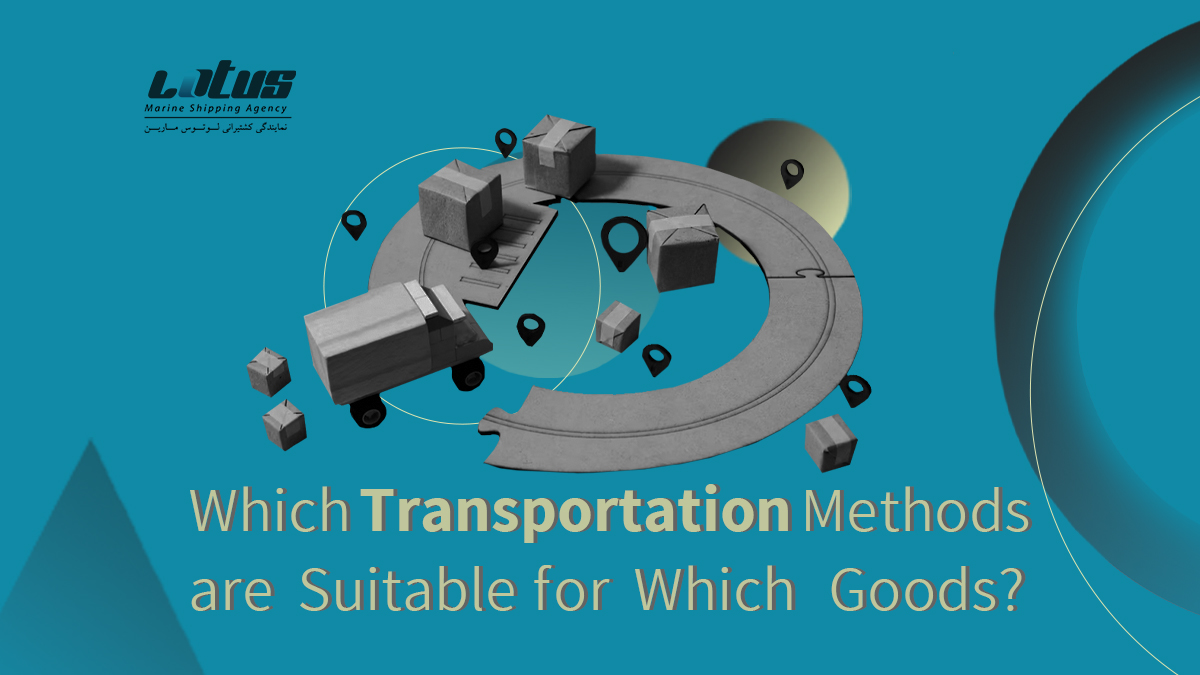In the global supply chain, selecting the appropriate transportation method for different types of goods is crucial for ensuring efficient and cost-effective logistics operations. Each type of product has unique characteristics and requirements that must be considered when determining the optimal transportation method. This article provides insights into choosing the right transportation methods for different types of goods, enabling businesses to make informed decisions and streamline their supply chain operations.
- Considerations for Selecting Transportation Methods: When choosing transportation methods, several factors should be taken into account:a. Nature of the Goods:
- Perishability: Perishable goods may require faster transportation methods such as air freight.
- Fragility: Fragile items might necessitate special handling and careful transportation to prevent damage.
- Hazardous Materials: Goods classified as hazardous may have specific transportation regulations and requirements.
b. Distance and Delivery Time:
- Urgency: Time-sensitive shipments may require expedited transportation methods like air or express delivery.
- Lead Time: For goods with longer lead times, sea or land transportation options might be more suitable.
- c. Cost Considerations:
- Budget: The budget allocated for transportation expenses can influence the choice of transportation method.
- Value-to-Weight Ratio: Goods with high value-to-weight ratios might justify higher transportation costs, such as air freight.
- Transportation Methods for Different Types of Goods: Different modes of transportation offer specific advantages for various types of goods:a. Air Transportation:
- Ideal for perishable goods, high-value products, and time-sensitive shipments.
- Provides fast delivery and global reach but can be relatively expensive for bulky or heavy goods.
b. Sea Transportation:
- Suited for bulk goods, raw materials, and low-value products with longer lead times.
- Offers cost-effectiveness for long-distance shipments but has longer transit times.
- Suitable for small to medium-sized goods, regional or domestic deliveries, and just-in-time inventory management.
-
- Provides flexibility and accessibility to various locations but may have limitations for long-distance transportation.
d. Rail Transportation:
- Efficient for transporting bulk commodities, intermodal shipments, and long-distance transportation.
- Offers a balance between cost and capacity, particularly for landlocked regions.
- Multimodal Transportation: Utilizing a combination of transportation modes, known as multimodal transportation, can offer greater flexibility, efficiency, and cost-effectiveness. By leveraging the strengths of different modes, businesses can optimize their supply chain and meet diverse customer requirements.
- Considerations for International Transportation: For international transportation, additional factors come into play, such as customs regulations, documentation requirements, and cross-border logistics. Collaboration with freight forwarders, customs brokers, and logistics experts can ensure smooth international shipments.
- Choosing the right transportation methods for different types of goods is crucial for efficient and cost-effective supply chain management. By considering factors such as the nature of goods, delivery requirements, and budgetary constraints, businesses can make informed decisions and optimize their transportation strategies. Whether it’s air, sea, land, or a combination of modes, aligning transportation methods with the characteristics of goods will contribute to streamlined logistics operations and customer satisfaction.

